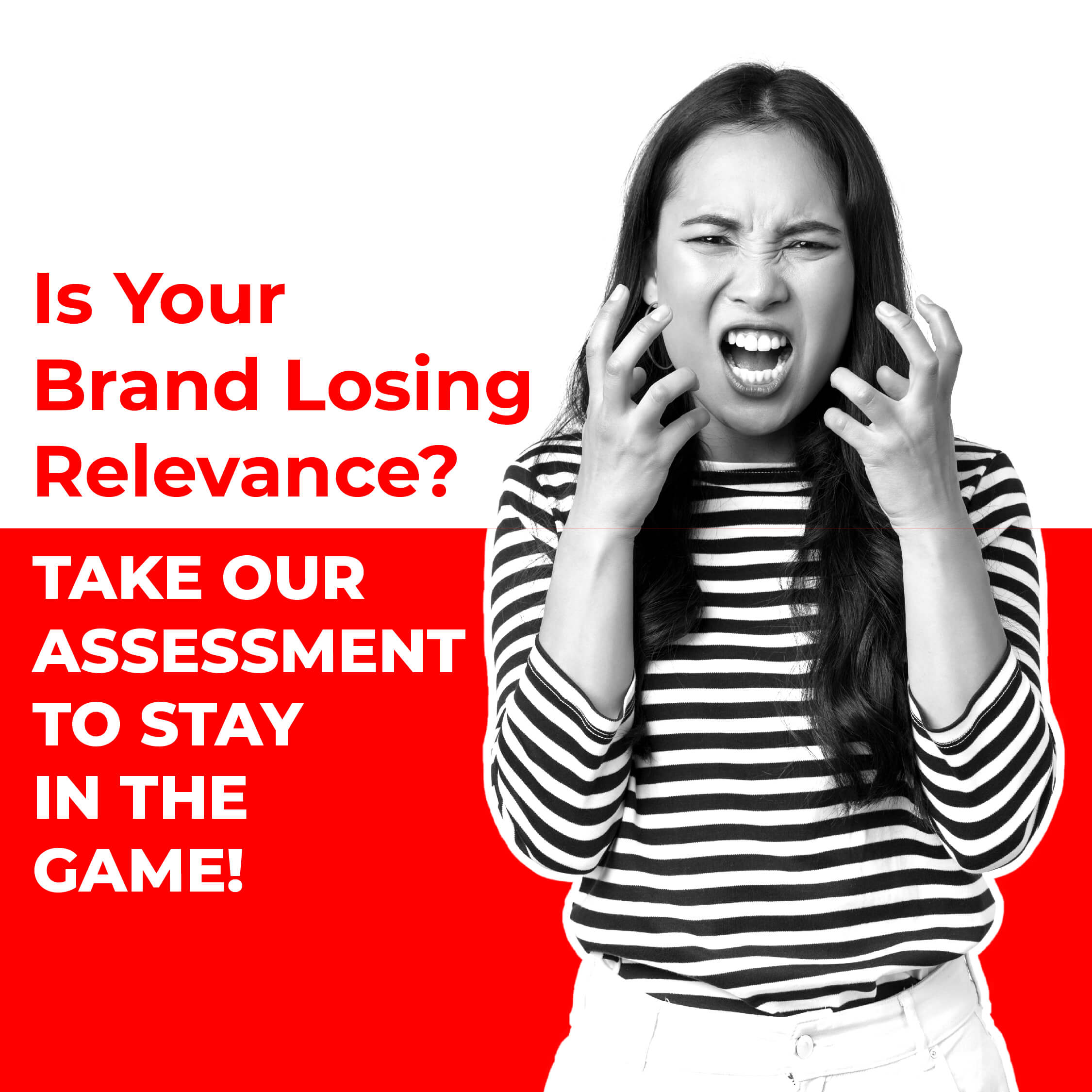
Benetton is an unusual company. In today’s times when even controversial products sell themselves using wholesome, family advertising aimed at pleasing and attracting people, Benetton, with its harmless, colorful jumpers, has branded itself using some of the most controversial advertising the world has seen. And they do it as a deliberate strategy.
Along the way they have also raised advertising from being just a commercial art form to one which makes bold social and political statements.
Benetton has always followed a multicultural, multiethnic theme in its adverts to support the “United Colors of Benetton” slogan.
But how about hiring a celebrity photographer (Oliviero Toscani) with a mandate to create controversial photography involving blood covered babies or a child soldier or a dying Aids patient to run a series of campaigns for 18 long years (1982-2000) to build its brand?
That requires “guts,” as Toscani himself would say.
But more than Guts, it is about a particular philosophy. Official the company explains itself as follows, “Benetton believes that it is important for companies to take a stance in the real world instead of using their advertising budget to perpetuate the myth that they can make consumers happy through the mere purchase of their product.”
As a company you can’t get bolder or more political than this.
But there is a deeper and more relevant reason for Benetton’s “shock branding.” After all why use such graphic images? What has it got to do with sweaters and jumpers? What has AIDS and death got to do with it? What has racism got to do with it?
Apart from guts, these images serve a bigger purpose of projecting Benetton as a global multicultural brand that cares about global issues. Global brands can’t help getting political. Whether they want it or not they influence the society where they operate and get influenced by them too. Many global companies come under criticism for their manufacturing processes or their use of manpower.
With Benetton this is not the case. Most of their manufacturing process is completely automated requiring very little manual intervention. For Benetton manufacturing of their garments is an activity that goes on in the background unnoticed, while the company and its people are wholeheartedly engaged in marketing and branding.
In this sense Benetton is geared towards a state of “pure branding” where even the images of the products are used not to describe the product or outline its benefits, but just to give a visual impact to the brand. Benetton as a brand is getting more and more detached from the product. When people buy Benetton, they don’t buy the product, they buy the brand, the boldness the brand embodies.
So Benetton as a company is about bold advertising than about a product. That being the case, why not use shocking images to generate publicity and extra sales, why not use advertising and celebrity photographers like Toscani, to influence politics and society and thereby boost the brand’s status, just as the Medici family, during the European Renaissance boosted their status by commissioning Michelangelo to create work of art for them.
With brands like Benetton the distinction between commerce and culture gets blurred.
Recently, Benetton as part of their new “Unhate” campaign had world leaders (both political and religious) kiss each other on huge glossy posters and billboards. While the campaign was immediately involved in controversy, the company remained unfazed saying that it was their way of promoting world peace.
Ironically, these controversies, instead of denting their image only enhance the brand Benetton making it one of the globe’s biggest advertising and clothing brand. And these images and issues have far more social impact in these ads than they have in the newspapers.
Given below is a selection of some of the most famous and controversial ad campaigns of Benetton, comprising entirely of photographs. If some of these shock you, trust me, that was entirely the intention!


Post Comment